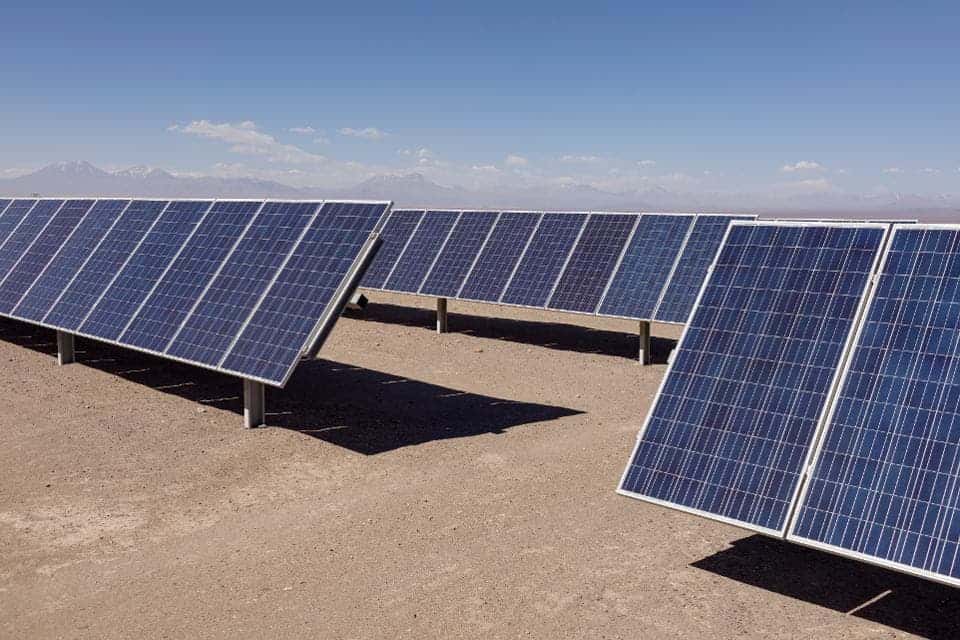Renewable energy could power 90% of the country’s demand for electricity by 2035, at no extra cost to consumer bills, according to a new report. Doing so would avoid important environmental and health costs, reduce greenhouse gas emissions, and give a boost to the economy.

The report “2035 Report: Plummeting Solar, Wind, and Battery Costs Can Accelerate Our Clean Energy Future” by the University of California showed how consistent reductions in cost for solar, wind, and battery storage could allow the US to curtail fossil fuels usage.
Retaining existing hydropower and nuclear capacity, as well as much of the existing natural gas capacity, and in combination with new battery storage would be enough to meet US electricity demand with a 90% clean grid by 2035, the study concluded. Under this scenario, the researchers assume all existing coal plants have been retired by 2035 and no new ones have been built.
Doing so would mean a $1.7 trillion injection into the country’s economy, increasing energy-related jobs by up to 530,000 per year through 2035, across all regions of the U.S. — and all without raising consumers’ bills. What’s more, a 90% renewable energy matrix would avoid $1.2 trillion in environmental and health costs through 2050.
It won’t be easy, though. This scenario advances state and national energy policy proposals by 15 years. But that level of ambition is what’s actually needed to avoid the worst effects of climate change. In 2018, the UN warned the world only has twelve years to cut emissions in order to limit warming to 1.5ºC.
“We’re talking about the ability to achieve near-100 percent clean electricity by 2035, in half the time most people are talking about,” said in a statement David Wooley, director of the Center for Environmental Public Policy, which authored the report. “This is exciting, because the 2035 timeframe is actually compatible with climate realities.”
A 90% clean grid reduces carbon dioxide emissions by 88% through 2035, the report showed. It also reduces exposure to fine particulate matter by reducing nitrogen oxide emissions by 96% and sulfur dioxide emissions by 99%. As a result, a 90% clean grid would prevent 85,000 premature deaths through 2050.
The target year of 2035 gives sufficient time for most fossil fuel energy plants to recover their fixed costs, avoiding the risk of stranded investments, according to the report. Wind, solar, and battery storage can provide the bulk of the clean electricity and new fossil fuel generators aren’t needed. In periods of low demand for renewables, existing gas plants, hydropower, and nuclear plants could be used.
The report was published alongside a set of recommendations for policymakers by the nonpartisan policy firm Energy Innovation. The US should establish a technology-neutral national clean energy standard targeting 90% by 2035 and 100% by 2045, the authors of the report proposed.
“What an incredible opportunity for economic stimulus. A federal clean energy standard, supported by government investments in deployment and American manufacturing, could put us back on track for a healthier economy. Meanwhile, continued policy leadership from the states can bolster progress,” said in a statement Sonia Aggarwal, Vice President at Energy Innovation.






